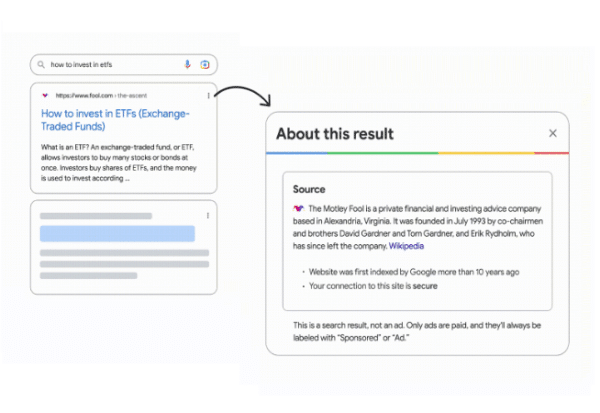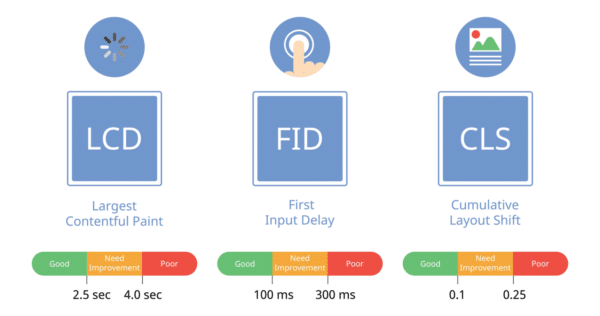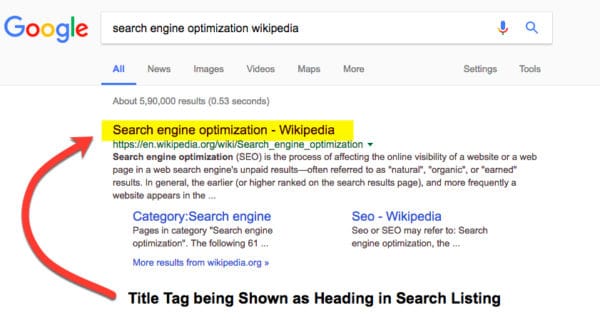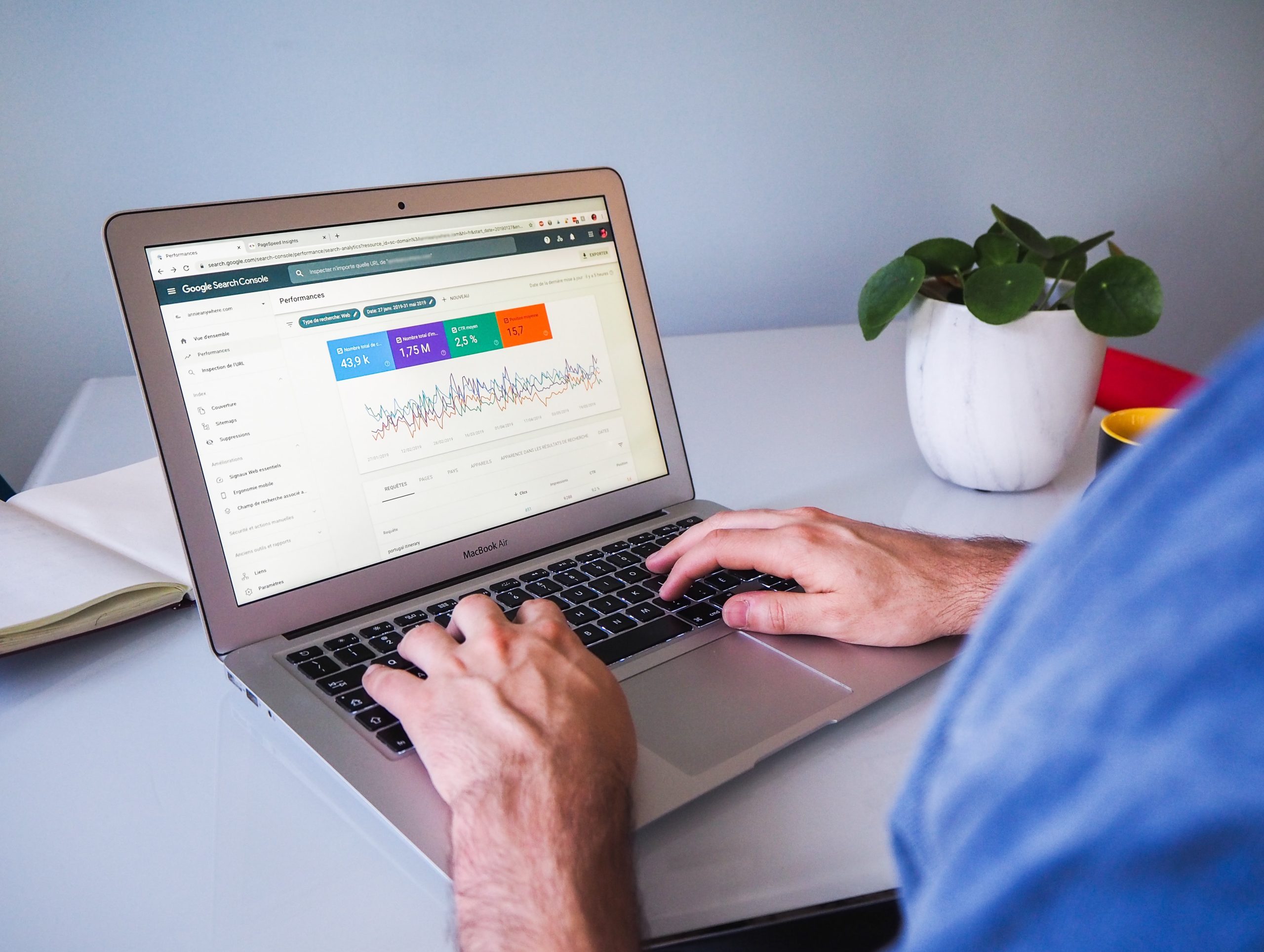Google is constantly changing and updating its algorithms, very often each year, to ensure it is making the most relevant and accurate pages visible for its users. These Google Updates are so important for website owners and SEOs everywhere. The changes made to the algorithm may often be to blame when a website begins to see a drop in search engine rankings or visibility. This blog will provide an overview of all the important Google updates of 2021.
Understanding what kind of updates have taken place in 2021 will keep you up-to-date with all of the best practices and help you understand why these changes have taken place.
We are going to cover the 8 main Google Updates that have taken place in 2021. This will include:
1. Passage Ranking
What is Passage ranking?
In February 2021 Google announced the roll out of Passage Ranking as a new update. This update wasn’t huge, and many website owners didn’t see a major change. It was a small adjustment to assist search engines to understand content better and deliver the best results.

Google Passage ranking is a feature that takes small sections (Passages) of pages and puts them into search engine results, even if the whole page isn’t about that certain topic. For example: If you wrote a post about ‘Tips and tricks for good content writing’ you would want to write about the topic in as much detail as possible. Therefore, you would include sections on: Writing a head turning headline, creating a ‘hook’, using different voices when writing and editing. All this is useful information however, you most likely won’t see your post ranking high for any of those sub section topics.
What does Passage ranking mean for website owners?
With Google passage ranking, Google can take parts of your post and rank it individually away from the text it came from. So, terms such as ‘creating a hook’ may rank for that keyword even if the whole post isn’t optimised for it.
How to respond to the changes?
This update isn’t one that requires major change, but there are a few things that website owners can do.
– Update longer posts with new statistics and resources.
– If you don’t have longer post it is essential that you make that change and cover as much of that main topic as you possibly can and answer as many questions that may be commonly asked
– Be sure to clearly use headings with keywords in for each section. This helps Google understand the topics within the post.
Overall, it is important to take notes of this change and make little tweaks to your site in order to get the best results.
2. 'About this result'
What is the ‘About this result’ update?
It is important that we can trust the content that we see and read online. Untrustworthy information that we consume can have effects on the things we believe and the decisions we make. Search engines are one of the most popular ways to access information. These search engines may lead us to sites with information that isn’t entirely trustworthy. This is why Google has introduced a new ‘About this result’ feature which should give users a better understanding of the results that have appeared from their search query.
Before clicking on the search result, users are now able to press the three dots icon on the post which provides the key information about the post.

The information when clicking the three dots shows a brief description of the site on which the result is found. This is especially helpful if you haven’t visited that site before.
The panel also shows the full URL of the link so you will be able to have a better understanding of the relevance to your search query. As well as this there is a piece of text which makes it clear that this is a search result and not a paid AD.
Another link enables people to post feedback on the result and the ‘Privacy setting’ and ‘How this search works’ buttons are present at the bottom of the panel.
What does this mean for website users?
By being able to learn about the result before opening it users can decide if the site is trustworthy or not. Using this information then can decide if to click on the site.
How to respond to the changes?
This update doesn’t affect your rankings it is essentially just a list of facts about your page. Some of which are ranking factors. Her are a few things to make sure your website is doing:
– Using https.
– Gaining high quality backlinks
3. Product Review
What Is the Product review update?
In April 2021 the product review update was designed to promote high quality product reviews. It was seen to reward ‘product reviews’ that shared in-depth research, rather than ones that shared simple summaries. Then in December another product review update occurred which was though to change the product review’s ranking position in search results, however the two updates were very similar. It is worth knowing that this update only affected sites that published reviews of products.

What does this mean for website owners?
It is important that you adhere to the guidelines that Google is looking for when looking for product reviews (Listed below). It is also useful to analyse your ranking tracking software to see how the launch in April has affected your organic traffic and key word rankings.
Depending on how many reviews have been affected by the update it may be beneficial to go through and amend the content so that it fits with Googles guidelines.
How to respond to the change?
Here are a few (Not all) things that Google is now looking for when looking for product reviews:
– Whether the writer who is writing the review has any expert knowledge about the product.
– If the writer has shown the product physically, or how it should be used with content that goes above what is provided by the manufacturer.
– If they have given measurements of how the product measures up in different categories of performance.
– How the product is set apart from its competitors – Discussed the pros and cons of the product based on research?
– Have they discussed the design features and how they may impact users? Again, above what the manufacturers have said.
– Have they discussed how the product has improved compared to previous models/ included information which helps potential consumers make their purchase decision?
These are just a few pointers that Google is looking for with this update.
4. MUM (Multitask Unified Model)
What is the MUM update?
The Multitask Unified Model (MUM) was launched by Google as a solution to providing users with clearer search results to their queries. This is so that users don’t have to type multiple searches to get the result they need. MUM uses AI technology to provide search results that address the users queries and behaviours better.
For example: if you were going on a trip for the week and you want to ask Google where the best place is to eat near your hotel Is. This complex search would include both a location and food recommendations and may have language barriers.
Normally Google would need to break down each section of that query into two or three separate queries and you yourself would have to decide based on other customer reviews which one is best. However, with MUM it has a deeper understanding of language and user experience. It will essentially treat your query in a similar way to that of a human.
What does this mean for Website owners?
The main effects that were seen because of this update was the use of language and format in search engines. This included the ability to understand 75 different languages.
The update can also provide information and answers from a wider range of content formats besides text this includes podcasts, human reviews, images, documents (HTML, PDF, TXT), audio and video. Even if these other formats are talking in a different language Google will still display them as a search result. In turn this update will allow for a better search experience for users becoming easier and more unique.
What should we do now?
For website owners this mean they should make sure in-depth keyword research is done in order to meet the needs of the complex queries and to keep publishing long-form content targeting long-tail and question keywords.
5. Link Spam
What is the Link Spam update?
In July 2021 Google announced their new update. As we know links are an essential part of SEO they act as an equivalent to an academic citation. It one of the ways that Google decides which content deserves to be ranked highest and what doesn’t. However, because there is such a big weight on having links and being ranked highly having such a huge commercial impact it has caused the industry to be centred around providing links to content on the internet. This update fights poor-quality content from ranking high.
The Link spam update focusses on paid links, affiliate links and sponsored guest posting.
How should we react to the changes?

To avoid suffering majorly from this update there are a few simple things you can follow when it comes to external links:
– Don’t pay for links, especially if the links have no relevancy to your page
– Don’t contract links as part of a contractual agreement or business agreement
– Don’t use link generators or content spinners
– Avoid taking part in link exchanges regularly.
6. Mobile First Indexing
What is the Mobile first indexing update?

The mobile first indexing update means that Google primarily uses the mobile version of content when indexing and ranking sites. Normally the index used the desktop version of the content however, due to the fact that the majority of users now use Google Search on their smartphones, Google now crawls and indexes pages on the Mobile version.
What does this mean for Website owners?
It is now more important than ever to have your site available for Google to access via both the mobile and desktop versions. Both the desktop and mobile versions must have the same information on it. It is possible to have different designs on each but content wise must stay the same.
How to respond to changes?
– Make sure that Googlebot can access and render your mobile page content. To do this make sure you:
– User the same meta robot tags on the mobile and desktop site
– Don’t upload too much content with user interaction as Google wont load content that requires user interaction. Make sure Google can see this loaded content.
– Let Google crawl your resources. Sone resources have different URLs on mobile sites compared to desktop.
7. Page Experience
What is the Page experience update?
Google announced a new ranking algorithm designed to judge web pages based on user experience when interacting with the page. If Google thinks your users will have a poor experience when using your site (measured by core web vitals) it may rank those pages lower. These metrics aim to understand how users will experience different web pages with the criteria of whether the page loads quickly, if its mobile- Friendly, runs on https and if the content jumps around the page a lot.
What does this mean for website owners?
Page experience is made up of several existing Google ranking factors. These include Mobile friendliness, Page speed, Https ranking boost, intrusive interstitials penalty, safe browsing penalty. These refinements are under what Google calls Core Web Vitals.

How to respond to changes?
When making sure your site comes through this update it all comes down to making sure your content is quality. Google seeks to rank pages with the best information overall.
There are a few pointers to go by when preparing for this update:
– Check all 7-page experience signals.
– Evaluate AMP and non-AMP content.
– Make sure your content is all quality.
8. Page titles
What is the Page titles update?
Google has been changing page titles for decades but recently people have started to notice these changes have become more drastic. One of the main ways users determine which search results best fit their search query is by looking at the search title on the list of webpages Google has provided.
What does this mean for website owners?

How to respond to changes?
- Keep title tags short
- Don’t use repetitive language
- Always include a title tag
- Avoid keyword Stuffing – only add them when necessary
9. To Conclude
Overall, these updates don’t come as much of a threat to your websites and shouldn’t impact your rankings hugely as long as you stick to the main tips and tricks for each update. It is important to tweak your strategy for any upcoming update in order to keep on top of the forever changing digital world.




